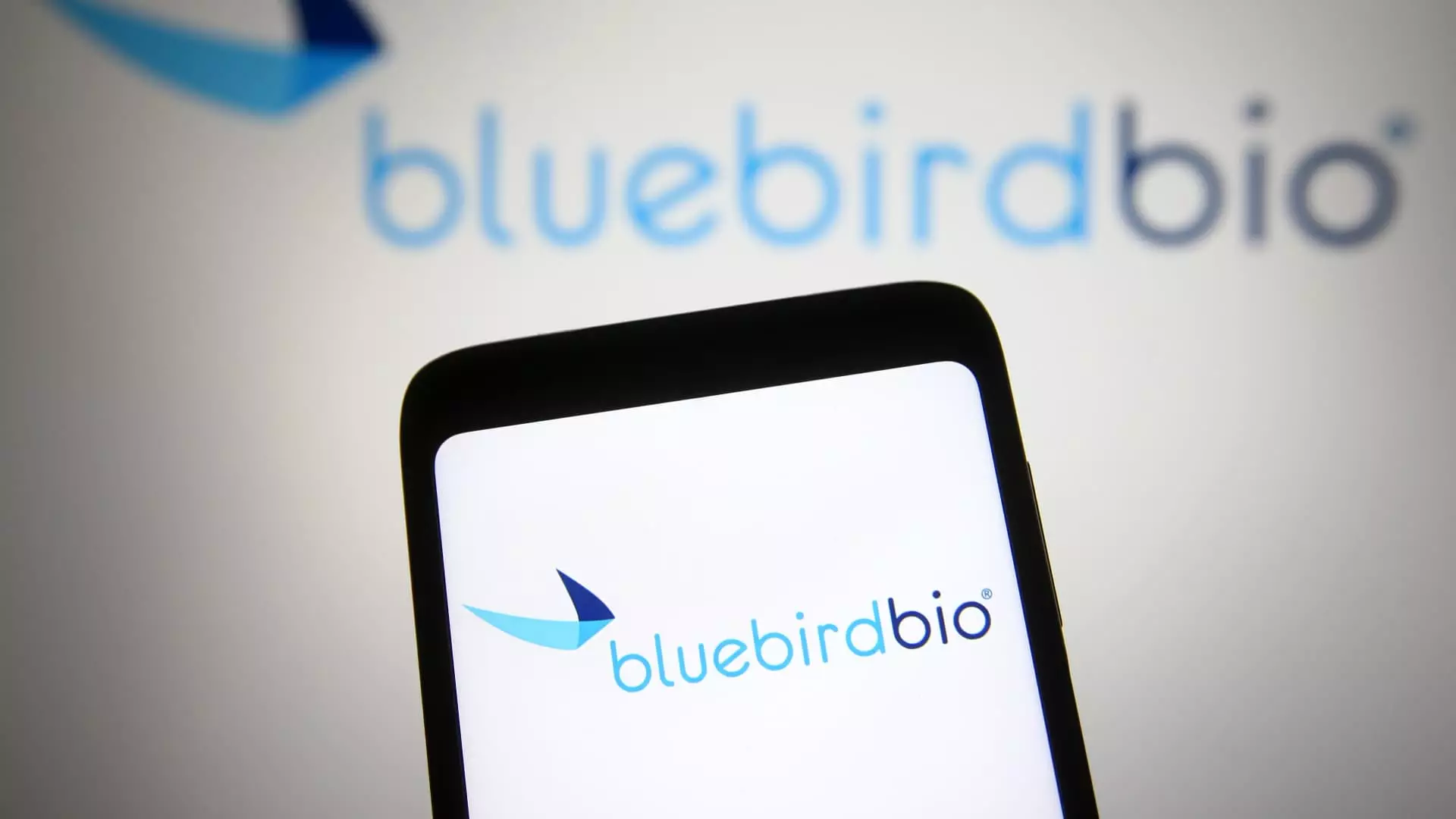The recent announcement of Bluebird Bio’s acquisition by private equity firms Carlyle and SK Capital for a meager $30 million symbolizes a dramatic fall from grace for a once-prominent player in the biotechnology arena. This move effectively signals an end to the company’s tumultuous journey—one characterized by lofty ambitions and significant setbacks. Stakeholders who were hopeful for a turnaround now grapple with the sobering reality of diminished returns, as shareholders stand to receive only $3 per share, with a conditional potential of an additional $6.84 per share reliant on future sales milestones for Bluebird’s gene therapies. This represents a stark drop from Bluebird’s previous valuation, where shares closed at $7.04 before the acquisition news led to a sharp 40% decline in stock value.
For over three decades, Bluebird Bio has been a pioneering force in gene therapy, seeking to provide cures for genetic diseases through innovative one-time treatments. At its peak, the company commanded a market capitalization of approximately $9 billion, driven by the optimism surrounding its gene therapies. Investors were initially captivated by the possibility of revolutionary treatments capable of permanently altering the course of genetic conditions. However, the path to success was littered with scientific hurdles and reputational challenges that ultimately caused its stock to plummet to a disheartening market cap below $41 million.
The turning point for Bluebird came in 2018 when safety concerns surfaced regarding its gene therapy for sickle cell disease. A patient developed cancer shortly following treatment, sparking a wave of skepticism about the safety of DNA-altering therapies. While Bluebird maintained that the treatment was not to blame, the incident raised significant red flags for investors, signaling that the company was under heightened scrutiny. Such developments deeply impacted public perception and investor confidence in Bluebird’s capacity to innovate safely.
The roadblocks for Bluebird were not solely scientific; they extended into the realm of market access as well. The company faced intense pushback from European payers regarding the pricing of their therapy for beta thalassemia, Zynteglo, set at an exorbitant $1.8 million per patient. In response to regulatory pressure and market resistance, Bluebird withdrew Zynteglo from the European market in 2021—just two years post-approval. This strategic pivot underscored the financial struggles intensifying within the company, as it redirected its focus toward obtaining approval in the U.S. The anticipated trio of therapies, Zynteglo, Lyfgenia for sickle cell disease, and Skysona for cerebral adrenoleukodystrophy—which were eventually approved—failed to provide the financial buoyancy anticipated.
Despite significant investments amounting to hundreds of millions of dollars annually, Bluebird’s financial outlook remained bleak. The spinoff of their cancer treatments into the newly formed company, 2Seventy Bio, further stripped the company of essential revenue streams, exacerbating the fiscal crisis. By November, Bluebird indicated that their cash reserves would only sustain operations into the first quarter of the following year, issuing an urgent clarion call for action.
Bluebird’s fate raises critical questions about the sustainability of one-time gene therapies within the biotechnology sector. Companies across the industry are increasingly confronted with challenges around translating scientific promise into viable business models. Like Bluebird, Vertex’s competing therapy for sickle cell, Casgevy, has experienced a sluggish market launch, while Pfizer recently announced its withdrawal from a gene therapy for hemophilia after only one year due to disappointing demand.
While Bluebird’s therapies hold transformative potential, their inability to translate leading-edge science into fiscal success exemplifies a broader theme in the biotechnology sector. These challenges serve as a reminder that groundbreaking treatments, no matter how promising, require robust commercial strategies and market acceptance to succeed. As the industry recalibrates in the wake of Bluebird’s decline, the need for innovative approaches to navigate the complex landscape of gene therapy has never been more pressing. While the future of Bluebird remains uncertain, its experience serves as a pivotal case study in the quest for progress against rare diseases.

